Guest post by Jakrin Bamrungthai, Intern at the Centre for Agroecology, Water & Resilience
I’m Jakrin Bamrungthai, and I have just completed my 2nd year in Biological and Forensic sciences course at Coventry University. Over this summer, I have taken part in an internship on weed control using cover crop at Ryton Organic Garden.
Cover crops, or green manures, are plants that are grown to improve the soil structure, its water-holding capacity and essential nutrients for better crop growth. It can also reduce weed by outcompeting for resources.
In this experiment, there are 8 types of cover crops used: white mustard, buckwheat, rye, ryegrass, phacelia, red clover and cocksfoot. Two types of weeds were used: wild oat and poppy.
We are testing the effectiveness of various combination of green manures, as well as pure culture of a single species. The experiment is split into 4 replicates of 25 pots each.
Figure 1 Overview of all pots on 4th July
48 out of 100 pots have not been sown with green manured yet as of 4th of July. The second batch are sown 19 days after the weed, in contrast to the first batch being sown at the same time on the 15th of June. The aim is to determine whether the time of sowing has an impact on weed growth.
Here are the examples of the green manures and weed species used.
Figure 2; White Mustard
Figure 3; Buckwheat
Figure 4; Rye
Figure 5; Ryegrass
Figure 6; Phacelia
Figure 7; Red Clover
Figure 8; Sprint Oat
Figure 9; Cocksfoot
Figure 10; Wild Oat
Figure 11; Poppy

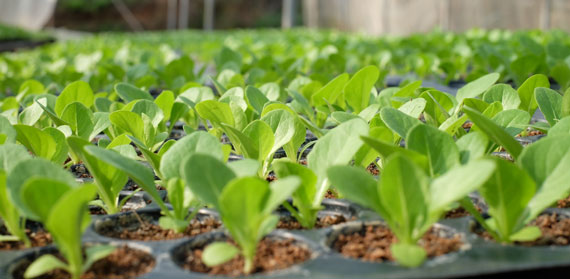

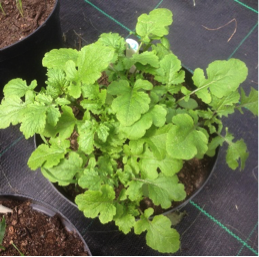

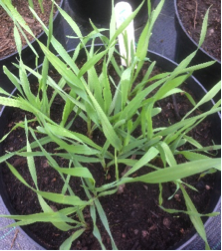
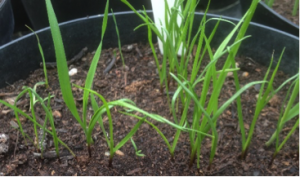
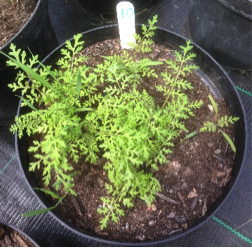
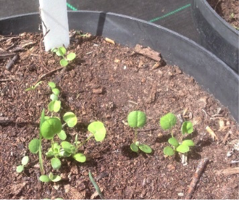
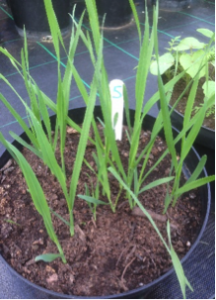
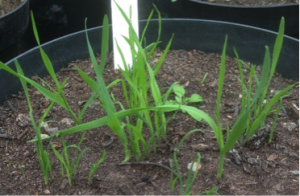
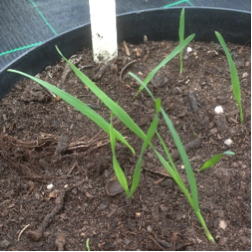
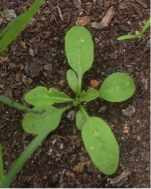


Comments are disabled